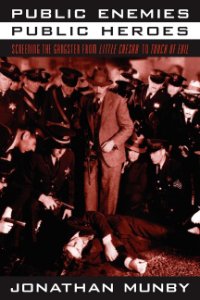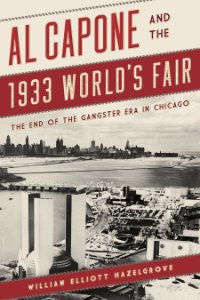By Brent L. Smith, David A. Snow, Kevin Fitzpatrick, Kelly R. Damphousse, Paxton Roberts, Anna Tan, Andy Brooks and Brent Klein
Research on terrorism prior to 2010 had been described as too descriptive and atheoretical. To partially address this deficiency, the current project is anchored theoretically and empirically in two of the most widely cited perspectives on social movements and the process of radicalization: role identity theory and framing theory (Snow and Machalek, 1983; Snow and McAdam, 2000; Snow, 2004; Stryker 1980). Drawing on these two overlapping perspectives, we contend that radicalization towards violence can be theorized as a process which entails a journey. Typically, this journey begins with a non- or less-radical identity and corresponding orientation, and moves toward a more radical identity and corresponding orientation…. Five types of identity work have been identified: (1) Engagement in group relevant demonstration acts or events, such as engaging in activities preparatory for the commission of violence; (2) arrangement and display of physical settings and props, such as flying or posting the confederate flag; (3) arrangement of appearance, such as engagement in cosmetic face work or body work; (4) selective association with other individuals and groups; and (5) identity talk, which involves not only the avowal and/or attribution of identities, but also talk relevant to framing. The two key framing concepts – diagnostic and prognostic framing – direct attention to the ways in which some issue or grievance is problematized and blame is attributed and to the call or plan for dealing with the problem.
Washington, DC: U.S. Department of Justice, 2016. 24p.





















